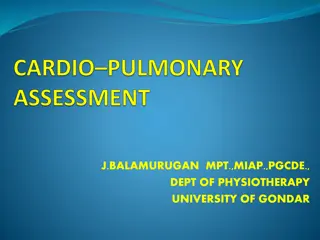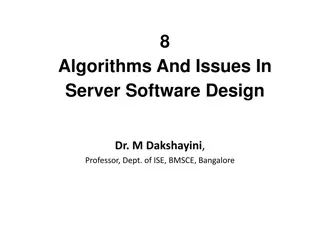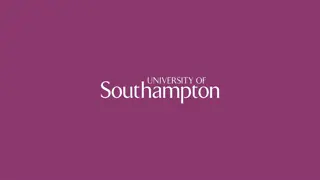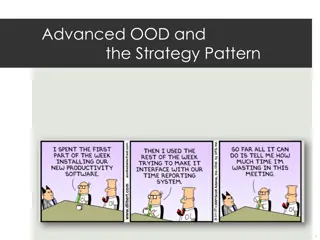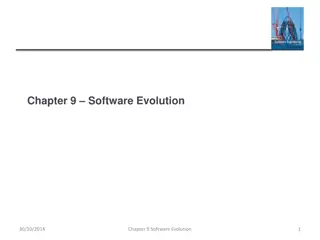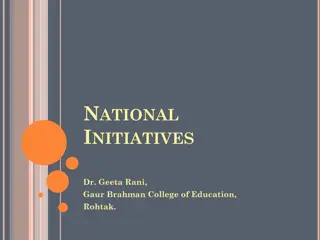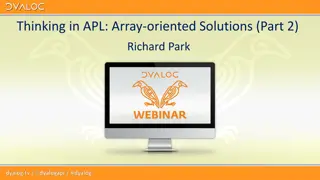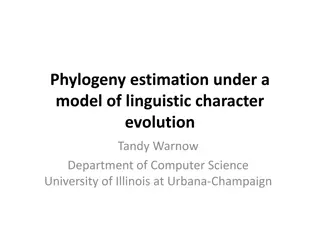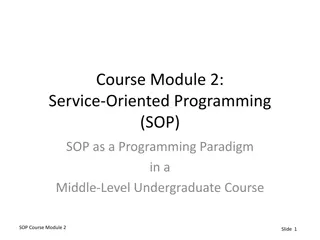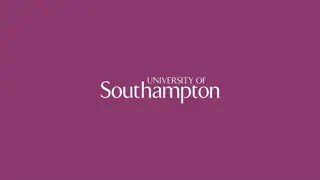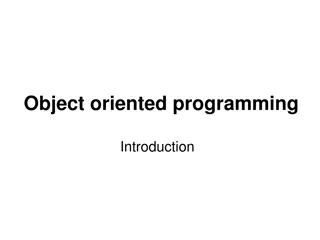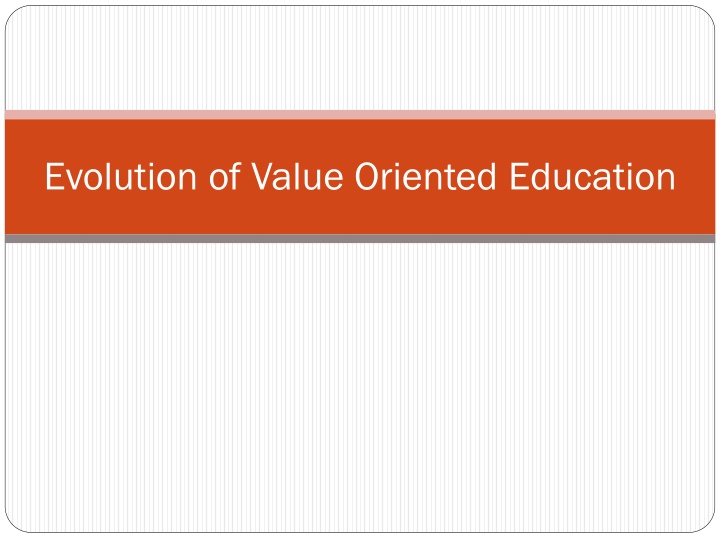
Evolution of Education Systems in India: Vedic Age to Buddhist Period
Explore the evolution of education from the Vedic Age emphasizing value-oriented teachings to the transformative era of the Buddhist Period with a focus on Buddhist education systems and ideologies.
Download Presentation

Please find below an Image/Link to download the presentation.
The content on the website is provided AS IS for your information and personal use only. It may not be sold, licensed, or shared on other websites without obtaining consent from the author. If you encounter any issues during the download, it is possible that the publisher has removed the file from their server.
You are allowed to download the files provided on this website for personal or commercial use, subject to the condition that they are used lawfully. All files are the property of their respective owners.
The content on the website is provided AS IS for your information and personal use only. It may not be sold, licensed, or shared on other websites without obtaining consent from the author.
E N D
Presentation Transcript
Stages of Indian Culture Buddhist Age Medieval Age British Age Vedic Age
Vedic Age (4000 BC-1000BC) Gurukuls Gurus Sanskrit Vedic Literature Four Vedas Four Upvedas Six Vedangas Four Brahmanas 108 Upanishads Bhagwad Gita Three Smritis
Vedic Age Females were given equal status. Along with learning in spiritual and ethical values, students were trained in various vocation according to their castes: Knowledge of Vedas Art of warfare Agriculture Medicine Trade Astrology etc. Three step learning process was followed: Sravana (Listening) Manana (Reflecting) Nididhyasana (Meditation of the truth) Educational Ceremonies Upanayan Sanskar: Ritual which mark the acceptance of a student by a Guru. Brahmacharaya: After Upanayan, students were entered into the state of Brahmacharya (a system of education and discipline)
Objectives of Vedic Education Character formation (truthfulness, honesty, respect for elders and self control) Overall personality development Self realization Vocational knowledge Stress on duties towards society and nation Deva Runa (Debt of almighty) Pitru Runa (Debt of ancestors) Rishi Runa (Debt of gurus) Manava Runa (Debt of society) Intellectual, emotional and physical development (Yoga, Meditation, Physical training) Promote and protect culture Promotion of equal status Developing discipline Simple living and high thinking Developing respectful relations with each other
Buddhist Period (600 BC to 1000 AD) Varnashrama Kshatriyas, Vaishyas and Shudras; and four ashrams) of Vedic period led to destruction of society. It converted into rigid and exploitative caste system. A new religion came into existence:Buddhism Propounded by Gautam Buddha. Dharma (Social division: Brahmanas,
Buddhist Education System Buddhist Ideology he laid four noble truths which could lead life beyond sufferings (Dukhanirodh Marg) Truth of suffering (all conditional phenomena and experiences are not ultimately satisfying) Truth of cause of suffering (craving for and clinging to what is pleasurable and aversion to what is not pleasurable) Truth of end of suffering (putting an end to this craving and clinging) Truth of path that leads to end of suffering (Path Of Liberation from Dukkha is that by following the Noble Eightfold Path) He opposed caste system He believed in principles of Good behavior, Tolerance, Equality, Love for all and Non-violence He opposed slaughtering of animals
Buddhist Education System Education Centres: Vihar and Math (Monasteries) Teachers: Monks (Acharyas and Upadhyayas) Students: Sharman Curriculum: Primary: Reading, Writing and Arithmetic Higher: Science, Medicine, Surgery, Defence, Accounts, Boudha Philosophy Vocational: Spinning, Weaving, Printing, tailoring, sketching etc. Teaching Methodology: Verbal edcuation, discussion and debates, conferences,meditation and learning through tours. Language: Colloquial (Informal/ routine) language was in use
Buddhist Education System Objectives: Liberation from all sufferings Character formation Religious education Overall development Preparation for life Educational Ceremonies: Pabbaja ceremony: At the time of admission of student in monastery. Student had to abandon all his worldly and family relationships. Upasampad ceremony: At the time of completion of 12 years of education. Student could be admitted to this ceremony only when majority of monks had voted in favour of him. Status of Women: Female education was at the lowest. They were not allowed to take admission in monasteries.
Medieval Period (1200 AD to 1800 AD) Muslim System of Education Mohammad Paigambar was the founder of Muslim religion Quran is their holy book Educational Centres: Primary education was provided through: Maktab (attached to mosques) Khanquahs (independent of mosque) Higher education was provided through Madarsa Teachers: Maulavis Language: Arabic and Persian languages Educational Ceremony: Bismillah ceremony to mark the beginning of child s education.
Muslim Education System Curriculum: Education was primarily religion oriented Intellectual subjects like mathematics, grammar, art and literature ,astronomy etc. Vocational training Teaching Methodology: Wooden books (taktis) were used at that time Stress on calligraphy (good handwriting) Books: Others than Quran, poems of Firdausi were taught Fee: Education at that time was not free. Students were required to pay in kind not in cash.
Muslim Education System Objectives of education Promoting Islamic culture Developing character and morality Inculcation of values like truth, love, brotherhood, peace, sacrifices etc. Providing vocational training.
Hindu Education System Education Centres: Pathshalas (premise of temple or separate house or sometimes verandah of house was used) Language: Hindi (Devnagiri) was the language used in reading and writing Books:Ramayan and Mahabharata Curriculum: Primarily religion oriented education Arithmetic was compulsory Literature was also included in curriculum Hindu mythology was also taught in some of the schools Fee: No regular fee was charged. Students were supposed to help teachers in their work. Parents used to present certain gifts to teachers.
Hindu Education System Teaching Methodology: Writing alphabets on sand Teachers used to write on palm leaves and students traced over it with red ink Then students move to next stage of writing and pronouncing words and sentence formation. In the last stage students were taught to use paper for writing Knowledge of arithmetic was also given Lack of support: Muslim rulers were dominating. So, Hindu education system was not supported by the State.
British Period (1600 to 1947) Missionary Schools: First Christian school-St. Mary Charity School was established in 1715. In all Missionary Schools medium of education was English Warren Hasting, Governor General of Bengal showed keen interest in spreading education William College was established in 1800 AD. British Education Philosophy: Lord Moria studied existing education system in 1815. He advocated inclusion of moral,religious and spiritual education. Wood Despatch advocated secular moral education in place of religious education in 1854. But British rule was unable to implement principle of universalisation of education. There was controversy regarding acceptance of Westernization in Indian education or Indianisation in Indian education.
Developments in British Period Jotirao Fule and Savitribai Fule: Eorked for universalisation of education. Focused on girls education and education of lower strata of society. Their work was appreciated by British rulers. They proposed that the education should be designed to meet the needs of common mass. These objectives were against the views of Lord Macauley. He wanted to make such class of Indians that could act as mediator between them and the general public, who would be Indian by blood but British in taste and preferences.
Developments in British Period Gopal Krishan Gokhale: He proposed concept of compulsory primary education. He also studied various laws of education which were implemented in England and demanded the same rules in India.But did not get success. Indian Education Commission (Hunter Commission) 1882: They framed certain policies.The recommendations are: Introduce moral text books based on natural religion Primary education should be life oriented Primary education should be under control of district boards Government should have no hand in religious education in schools Government should not restrict non government school regarding religious education. Swami Dayanand (1885): He started many DAV colleges in UP, Haryana and Punjab to promote patriotism. In 1989, Swami Vivekanand established Ram Krishna Mission. He stressed on spiritual education. RavindranathTagore established Shantiniketan at Bolepur.
Developments in British Period In 1921, new education policy was formulated. According to this policy, religious education was banned in the country. In 1927, Simon Commission recommended formation of education committee. This was known as Hurtogue Committee. This committee recommended liberal scientific curriculum for primary schools. 1937, Mahatma Gandhi mentioned in Wardha Conference that religious education could lead to conflict instead of unity. So, religious education should not be part of curriculum. Scheme of value oriented education was accepted in the country. Concept of Basic Schools propounded by Gandhiji was focused on development of following human values in students: Truth Non violence Cleanliness Cooperation Love and respect for others duty
Developments in British Period Narendra Deo Committee (1939): Hindi should be the medium of education Basic education should be made compulsory for children between 7 to 14 years. For overall personality development of students, co-curricular activities should be conducted in schools. Religious Education Committee (1944) : President G.D. Burman proposed: Moral and spiritual values that are accepted in all religions should be stressed Some time should be reserved for prayer in school State government should be given the responsibility of education Curriculum should be based on principles which are equally accepted in all religions Spiritual and moral education should be given to students through life value based process Class wise scheme for implementation should be formulated.
Developments in British Period In 1946, Interim government was formed under the leadership of Pt. Nehru. At this time it was decided that curriculum should include all good things from all over the world and the medium of instruction should be mother tongue. i.e. Hindi. English would be taught only for knowledge sake.


